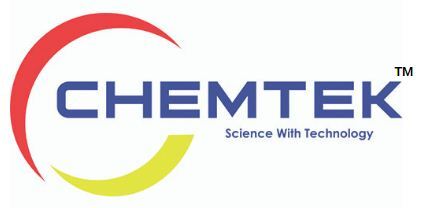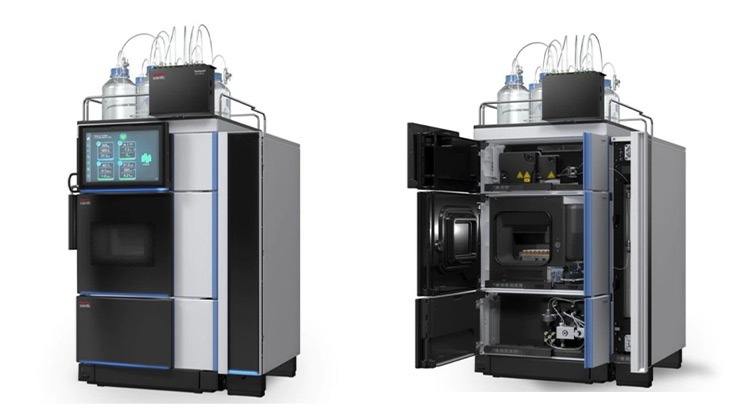A Comprehensive Guide to HPLC Solvents: Choosing the Right One for Your Analysis
High-Performance Liquid Chromatography (HPLC) is a powerful analytical technique used to separate, identify, and quantify components in a mixture. The choice of solvent, also known as the mobile phase, plays a crucial role in the success of an HPLC analysis. In this blog, we'll explore the importance of HPLC solvents, key factors to consider when choosing them, and some common solvents used in HPLC.
Why Are HPLC Solvents Important?
The mobile phase in HPLC is responsible for transporting the sample through the column and interacting with both the stationary phase and the analytes. The choice of solvent affects:
Resolution: The ability to separate different components in the sample.
Retention Time: The time it takes for an analyte to pass through the column.
Peak Shape: The appearance of the analyte signal in the chromatogram.
Sensitivity: The ability to detect low concentrations of analytes.
Reproducibility: The consistency of results across multiple runs.
Key Considerations for Choosing HPLC Solvents
Polarity: The solvent's polarity should match the analytes and the stationary phase to ensure optimal interaction. Polar solvents are suitable for polar analytes, while non-polar solvents work better for non-polar analytes.
Purity: Impurities in the solvent can cause background noise, interfere with the detection of analytes, and damage the column. HPLC-grade solvents are highly purified and free from contaminants.
Viscosity: High viscosity can increase backpressure in the system, leading to slower flow rates and potential damage to the column. Choosing a solvent with appropriate viscosity ensures smooth operation.
UV Absorbance: For UV detection methods, it's essential to use solvents with low UV absorbance at the detection wavelength to avoid interference with analyte detection.
Miscibility: If using a solvent mixture, ensure that the solvents are fully miscible to prevent phase separation, which can affect the consistency of the mobile phase composition.
Volatility: Highly volatile solvents can evaporate, changing the composition of the mobile phase and affecting reproducibility.
Common HPLC Solvents
Water: Often used as a base solvent, water is polar and compatible with many analytes. It's commonly used in reversed-phase HPLC. Water should be filtered and deionized to remove impurities.
Acetonitrile (ACN): A versatile solvent with low viscosity and low UV absorbance, acetonitrile is widely used in reversed-phase HPLC. It's compatible with both polar and non-polar analytes and provides good separation efficiency.
Methanol: Another commonly used solvent in reversed-phase HPLC, methanol is polar and has moderate UV absorbance. It's often used in combination with water or other solvents.
Tetra hydro furan (THF): A polar aprotic solvent, THF is used in both normal-phase and reversed-phase HPLC. It has good solubilizing properties for a wide range of analytes but can be more hazardous due to its potential to form peroxides.
Isopropanol (IPA): Used as a strong solvent in reversed-phase HPLC, isopropanol is miscible with water and can enhance separation for certain analytes. However, its higher viscosity can increase system pressure.
Hexane: A non-polar solvent used in normal-phase HPLC, hexane is suitable for non-polar analytes. It's often used in conjunction with other solvents to modify elution strength.
Tips for Handling HPLC Solvents
Storage: Store solvents in tightly sealed containers to prevent contamination and evaporation. Keep them in a cool, dark place to avoid degradation.
Filtration: Always filter solvents before use to remove particulates that could clog the column or interfere with the analysis.
Degassing: Degas solvents to remove dissolved gases that could cause bubble formation in the system, leading to inconsistent flow and detection issues.
Documentation: Keep detailed records of solvent batches, storage conditions, and preparation procedures to ensure consistency and traceability.
Conclusion
Choosing the right solvent for your HPLC analysis is crucial for achieving accurate, reliable, and reproducible results. By considering factors like polarity, purity, viscosity, and UV absorbance, you can select the most appropriate solvent for your specific needs. Whether you're working with reversed-phase or normal-phase HPLC, understanding the properties and applications of common solvents like water, acetonitrile, methanol, and others will help you optimize your method and achieve the best possible separation and detection of your analytes.



